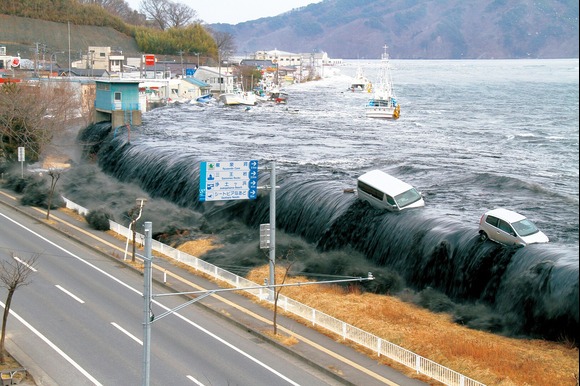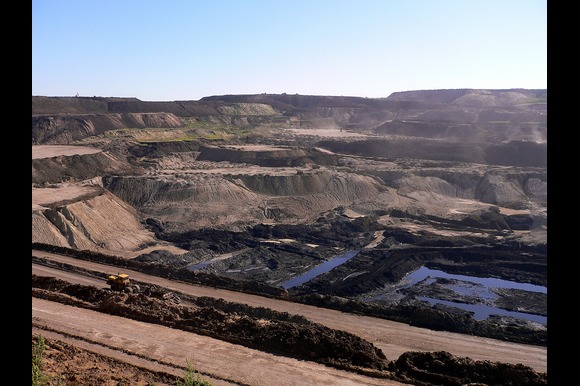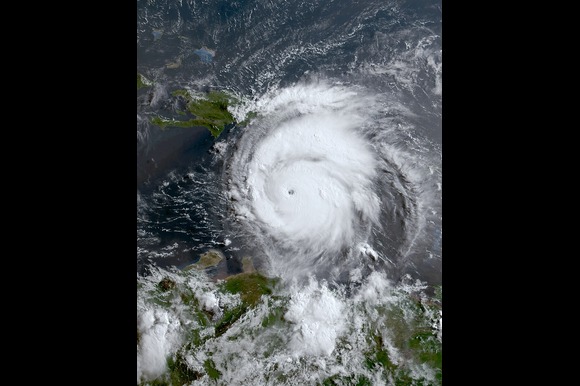
By 地震調査研究推進本部事務局-Wikipedia
A remote island chain in southern Japan has been shaken by more than 900 earthquakes over the past week, according to the Japan Meteorological Agency, igniting panic among the small local population and leaving many residents exhausted and fearful.
The persistent seismic activity has been affecting the sparsely populated Tokara Islands, located in the southern Kagoshima Prefecture, since 21 June. While no major damage has yet been reported, authorities have warned that the tremors could continue and possibly intensify, prompting calls for heightened vigilance and preparation.
Ayataka Ebita, director of the agency’s Earthquake and Tsunami Observation Division, confirmed the scale of the ongoing seismic event during an emergency press briefing held on Wednesday. “Seismic activity has been very active in the seas around the Tokara island chain since June 21,” he stated. “As of 4pm today, the number has exceeded 900.” Earlier that afternoon, at around 3:30pm, a magnitude 5.5 earthquake struck the region, further raising alarms.
Mr Ebita urged islanders to be ready to evacuate at a moment’s notice and prepare for the possibility of even stronger quakes in the coming days. The region’s geographic vulnerability, combined with limited infrastructure and access to emergency services, has exacerbated concerns.
The Tokara Islands consist of 12 small volcanic islands located about 150 kilometers south of the prefectural capital Kagoshima. Only seven of the islands are inhabited, and the entire population across the chain is fewer than 700 people. Residents live in isolated communities with minimal access to emergency healthcare. The nearest hospital requires a six-hour ferry journey, complicating any immediate medical response in the event of a larger quake or injury.
As of Tuesday, official records showed 740 earthquakes had occurred in the 10-day period, with the highest daily count reaching 183 tremors on 23 June. All the quakes registered a magnitude of 1 or higher on Japan’s 7-point seismic intensity scale.
Local residents have described the situation as increasingly unbearable. “It feels like it’s always shaking,” one resident told regional broadcaster MBC. “It’s very scary to even fall asleep.” Another said, “It’s not clear when all this will end. I should think about whether to evacuate my kids.”
Chizuko Arikawa, a 54-year-old resident, shared her experience with the Asahi Shimbun, noting that she often hears a “strange roar from the ocean before the quakes hit,” especially during the night. “It’s eerie,” she said. “Everyone’s exhausted. We just want it to stop.”
Another local, Isamu Sakamoto, 60, said the psychological toll is mounting. “After so many quakes, it now feels like the ground is shaking even when it’s not,” he said. “The quakes start with a jolt from below, then the house sways. It’s sickening.”
Japan, which lies at the convergence of four major tectonic plates, is one of the most earthquake-prone nations in the world. Although the country has invested heavily in early warning systems and resilient infrastructure, officials acknowledge that more must be done to safeguard remote and vulnerable communities like those in the Tokara Islands.
With no clear end in sight to the seismic swarm, authorities are closely monitoring the situation and have urged continued caution, especially given the unpredictable nature of earthquake sequences in the region.




